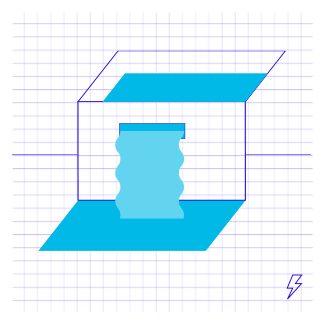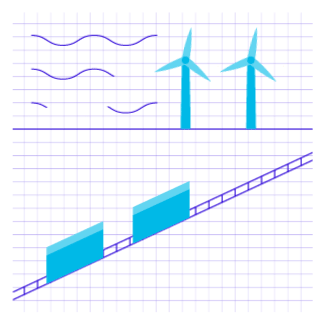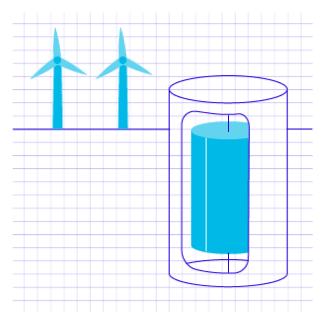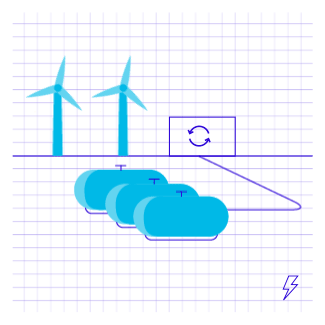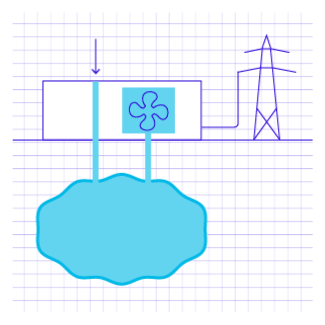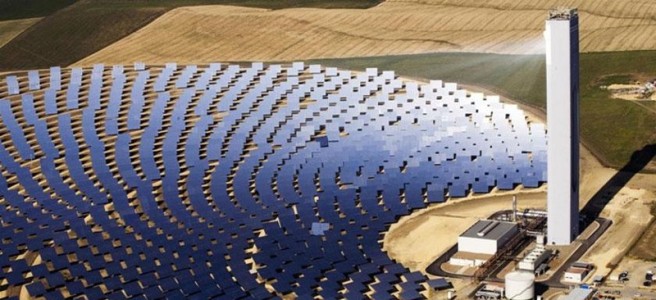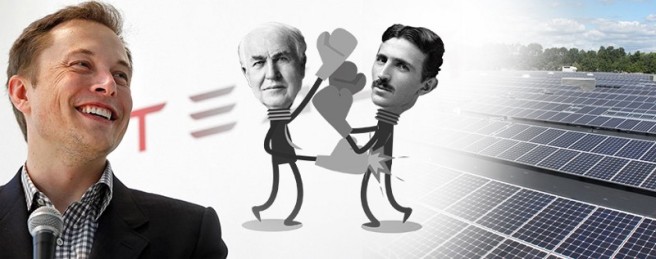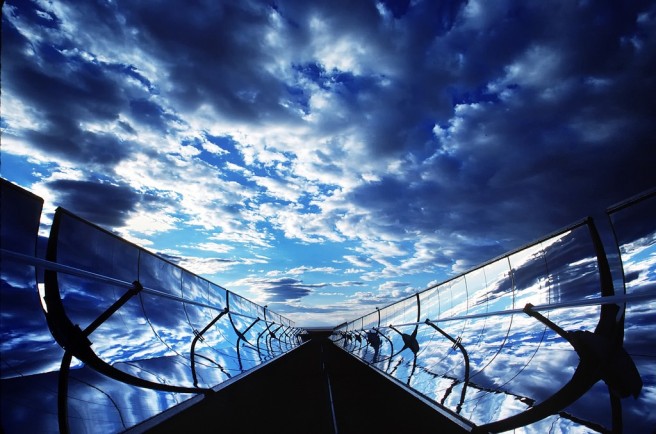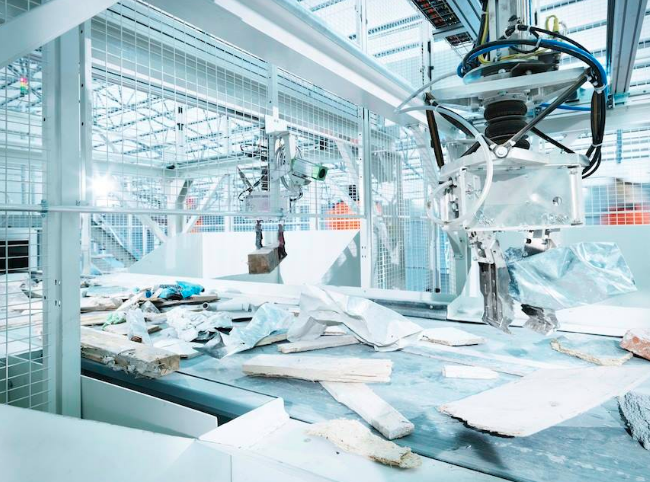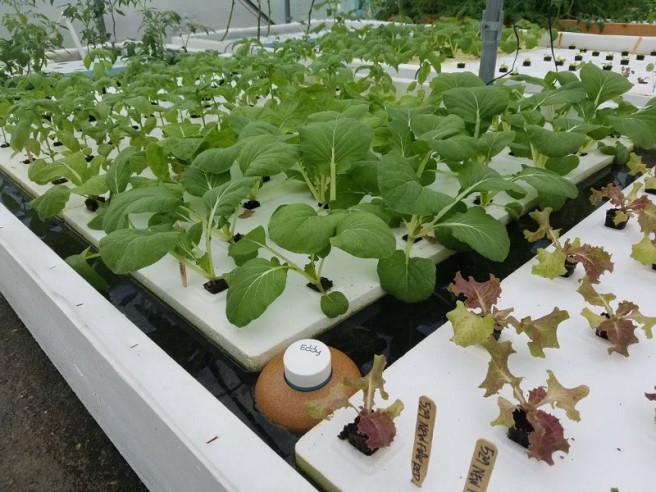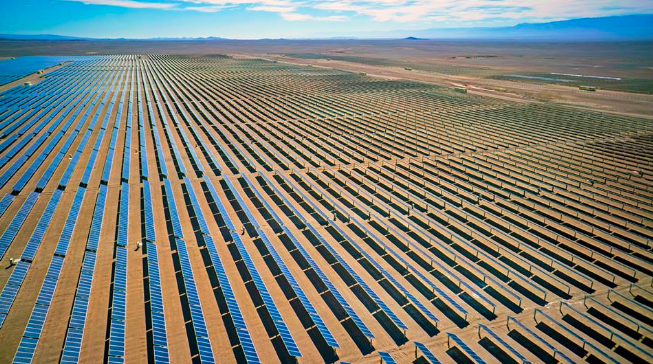The first tech wave involved the rapid advancement of computers. This set the stage for the next wave of tech — the internet boom. Similar to how Vermin Supreme ‘paved the way’ for Trump.
In like manner, we’re currently riding the first cleantech wave — generating renewable energy via solar, wind, hydro power etc., and we’re reaching the second cleantech wave, which is all about energy storage. Because if you don’t use it, you lose it.
What’s the Big Deal with Energy Storage?
Energy storage is vital for renewable energy because unlike fossil fuels than we can burn whenever we want electricity, the sun only shines part of the day. And unfortunately, we all cause a daily spike in energy demand when we come home from work and put on the tea kettle before watching baseball.
The key issue for integrating renewable energy sources into the electricity grid is flattening out the demand and supply curves throughout the day. Grid balancing is what they call it.
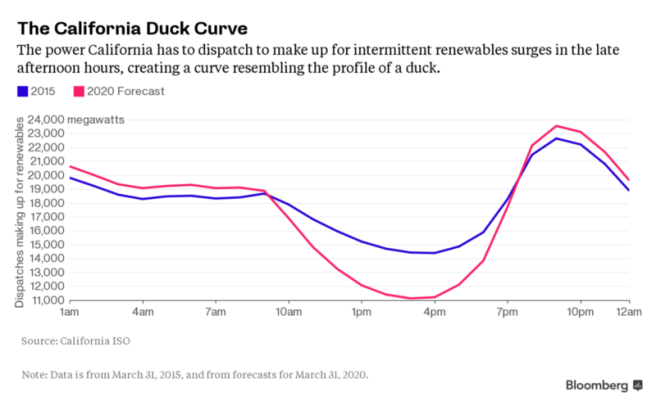
Energy storage will provide the flexibility to use power produced from any source at any time, thus enabling decentralized power (a.k.a. micro-grids).
Let’s Stack a Bunch of Batteries and Call It a Day
Expensive lithium-ion batteries, found also in phones and cars, have come down in cost due to the development of the electric vehicle market (thanks again, Elon). But they don’t solve the whole problem…
Michael Liebreich, founder of Bloomberg New Energy Finance, said, “If your problem is that the sun doesn’t shine in winter, are you really going to buy a battery, charge it once a year during summer and use it once a year in winter? I don’t think so. You can’t just jump to batteries as the single solution.”
Governments are enacting more and more ambitious renewable energy targets, such as in California where 50% of utilities’ generation assets must come from renewables by 2030.
Think of renewables and energy storage as Frodo and Samwise; they need each other to progress. Storage innovation must occur in the form of behind-the-meter batteries as well as grid-scale storage.
So let’s talk about the BIG SCALE storage innovation…
Grid-Scale Storage Innovation
Hydropower: Pumped Storage Hydropower is the oldest and cheapest storage technologies, which we’ve discussed before, accounting for 97% of energy storage in the U.S. Water’s pumped up a hill when energy is abundant, then released through a turbine to create energy when needed.
A MASSIVE $1 billion 330 MW pumped storage hydro plant combined with 600 MW of solar PV is being funded in Chile. It will produce energy cheaper than gas, coal, and other hydro plants because solar prices have fallen greatly in Chile and the natural landscape is the perfect location for the project.
Railpower: Someone clever thought to send heavy trains uphill when power’s cheap and downhill to create energy when needed. Advanced Rail Energy Storage is building a 6-mile uphill track with an overhead wire to supply energy to the grid in Nevada. The system could cost 40% cheaper than an equivalent pumped-hydro facility.
Flywheels: Power is used to turn a wheel. When electricity is in short supply, the flywheel spins a motor that generates electricity.
Power-to-Gas: Companies including Audi and Siemens are developing power-to-gas technologies that store excess energy as hydrogen. The hydrogen can be used as a substitute for natural gas or even provide emissions-free fertilizer. Power-to-gas can shift electricity made in summer for use in the winter. But we’re not yet sure if it’s economically feasible.
Air Storage: Air is compressed and pumped underground when excess power is available. When energy is needed, the air is heated and released through a turbine. It’s cost-effective and could challenge pumped-hydro storage as the dominant bulk energy storage technology going forward.
Thermal: One common thermal storage application is Concentrated Solar Power, like in the plant pictured below. The sun’s rays are directed to a single point on a tower to heat molten salt. Then at night, the hot molten salt can generate steam to produce electricity.
Batteries for the Big Scale — Tesla Rescues Edison
Last year, a huge gas leak forced the shutdown of an Aliso Canyon SoCalGas facility, essential for storing natural gas for energy demand in winter months.
The California Public Utilities Commission ordered Southern California Edison to undertake an “expedited procurement” of large-scale, grid-connected energy storage resources to deal with the “distinct possibility of electricity service interruptions in the coming summer and winter months”.
Who picked up the slack and won the contract? Who else, but Tesla?
Tesla was selected to provide a 20 MW Powerpack system. Upon completion, it will be the largest lithium-ion battery storage project in the world and will hold enough energy to power more than 2,500 households for a day.
The irony of it all: Thomas Edison was Nikola Tesla’s boss and they eventually became rivals. Tesla’s AC current eventually won out over Edison’s DC current. History indeed repeats itself.
**A separate newsletter on lithium storage battery innovation will be sent later


